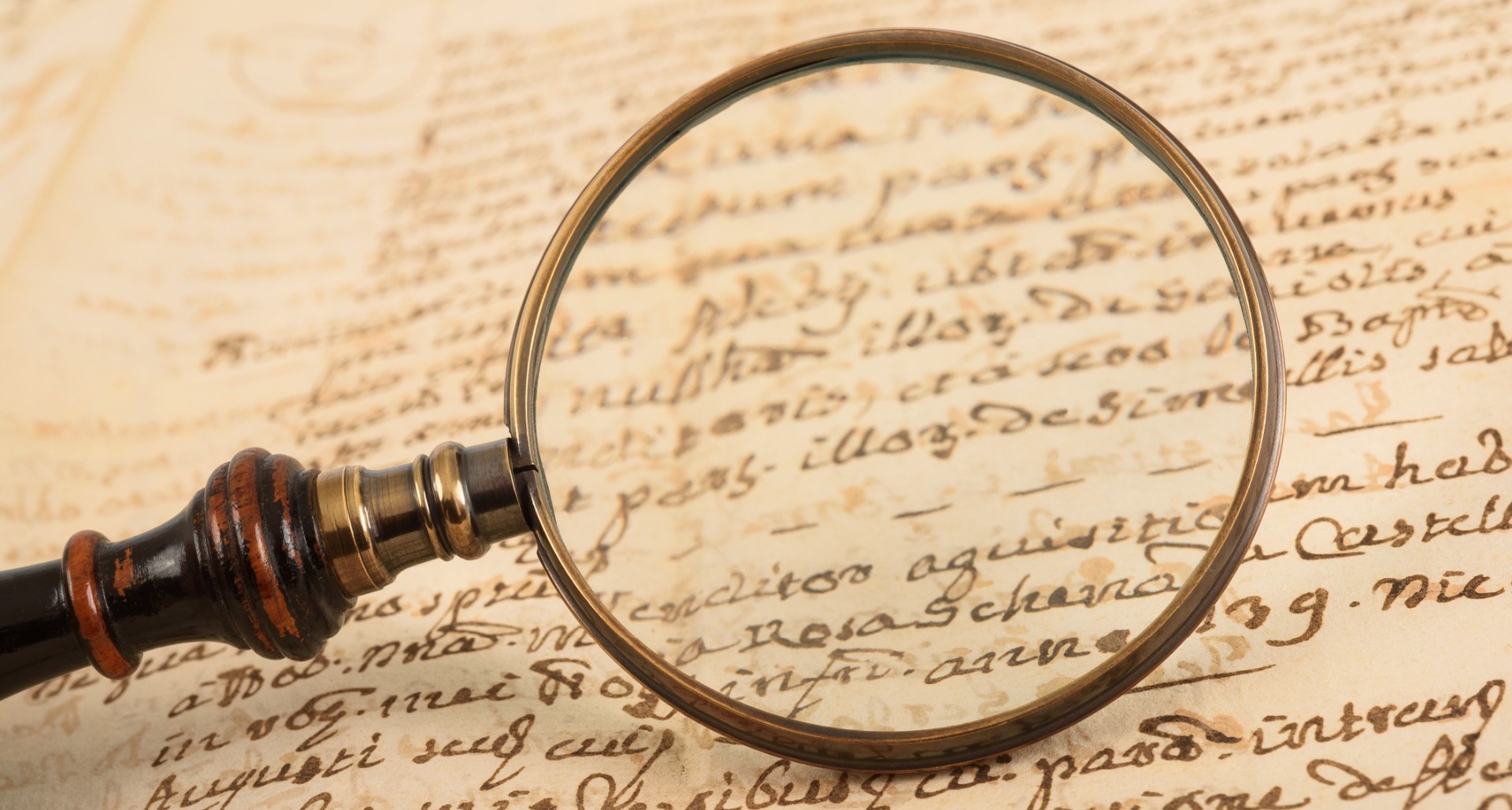
DOCUMENT EXAMINATION
What is a forensic document examiner?. Questioned document work involves precision, exactness and expertise. A qualified handwriting analyst will be able to pass an opinion on:
ALTERATIONS & OBLITERATIONS
The text of a pencil entry prior to being erased
Whether a document has been altered, for example in the case of calendar dates of monetary amounts
Whether more than one ink has been used in a document
The order in which lines of text have been written – for example determining that one entry was made before or after another
The original text below an obliteration which may have been made by overwriting or the use of correction fluid
TYPEWRITTEN & WORD-PROCESSED DOCUMENTS
Examine the likelihood of a particular machine being used to produce a document in question
Analyse the quality of typescript in order to link them to particular machines or other known documents – typewriters or printers will often develop unique characteristics over time
Examine typewriter ribbons to identify the use of correction ribbons or repeated use of ribbons intended for single use only
Determine whether a disputed document was produced on a typewriter (manual or electric), an ink-jet printer or a laser printer

IMPORTANCE OF ORIGINAL DOCUMENTS
It is preferable to examine the original document rather than the copy if possible, because details such as writing pressure and indentations on an original are lost on a copy, erasures may not be clear on copies. Dots and dust specks may be added. The colour of the ink is not visible and the condition of original documents cannot be determined from assessing photocopies. If originals are not available good quality copies are acceptable.

